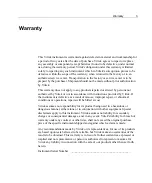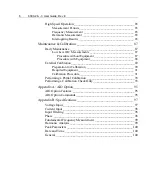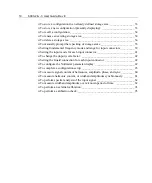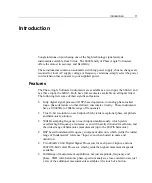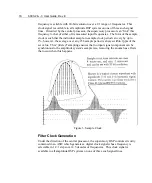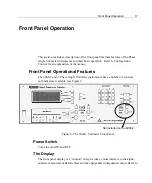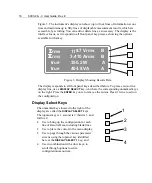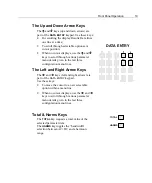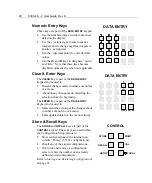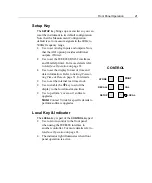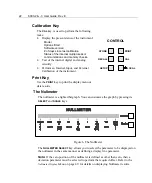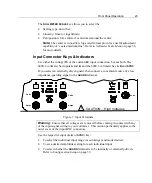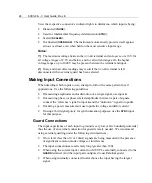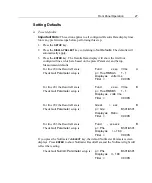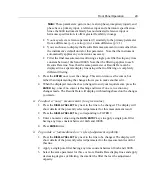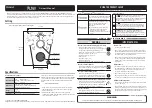
14
6000-2 & -3 User Guide, Rev E
These sections also provide the primary isolation between the grounded digital
circuitry of the instrument and the floating input circuitry via an optical isolation
barrier, which passes digital signals only.
Each of these sections is capable of operating independently, or can be “joined” to
one or both of the other sections to perform simultaneous sampling, as required, by
the central processor.
Input Scaling
Each input has identical systems that perform the required scaling of the input
signals to the levels required by the amplitude and supervisory systems. Each
input’s scaling is fully differential throughout, and is powered by isolated power
supplies having its common driven by the respective
GUARD
terminal. In this
manner, excellent common-mode performance is achieved, and the signal quality
delivered to the respective amplitude and supervisory sections is maintained, even in
a digital “backplane” environment. Each input’s scaling and mode is controlled by
parallel digital codes provided by the relevant supervisory DSP. The form of
amplification chosen maintains excellent phase shift, even at high frequencies, using
many gain stages for amplification. Each gain stage is configured to produce the
same nominal phase shift independent of gain setting. Each input system also
presents the
GUARD
terminal connection to its amplitude and supervisory DSPs to
act as the common for their isolated power supply requirements.
Amplitude Measurement Circuitry and DSP
Each input, after scaling, is filtered by a high speed digital low-pass filter having its
corner frequency (filter clock frequency) controlled by one of three filter clocks
common to all amplitude systems. After filtering, each input signal is then converted
to 18-bit digital form by an 18-bit. analog-to-digital converter system, whose sample
clock is taken from one of three sample clocks common to all amplitude systems.
Each converter consists of a pair of time interleaved 250kHz converters, allowing for
sampling up to 500kHz. Refer to Figure 2, the Digital Signaling Processing Block
diagram.
The output of all four converters (two per input) is read by Motorola’s digital
converter, DSP56001, at a rate controlled by the same sample clock used by the
converters.
This processor performs all amplitude and harmonic analysis required by the system,
and maintains a database of the results of the latest such measurements for its
channel. The central processor gains access to these results via a high speed RS485
data link. This same link is used to pass to the DSP the selections to use for its
sample and filter clock signals, and details regarding the measurements to be made.
Summary of Contents for Xitron 6000-2
Page 1: ...USER S GUIDE 6000 2 6000 3 Phase Angle Voltmeters...
Page 2: ......
Page 36: ...36 6000 2 3 User Guide Rev E...
Page 86: ...86 6000 2 3 User Guide Rev E...
Page 94: ...94 6000 2 3 User Guide Rev E...
Page 101: ...Appendix B 101...



